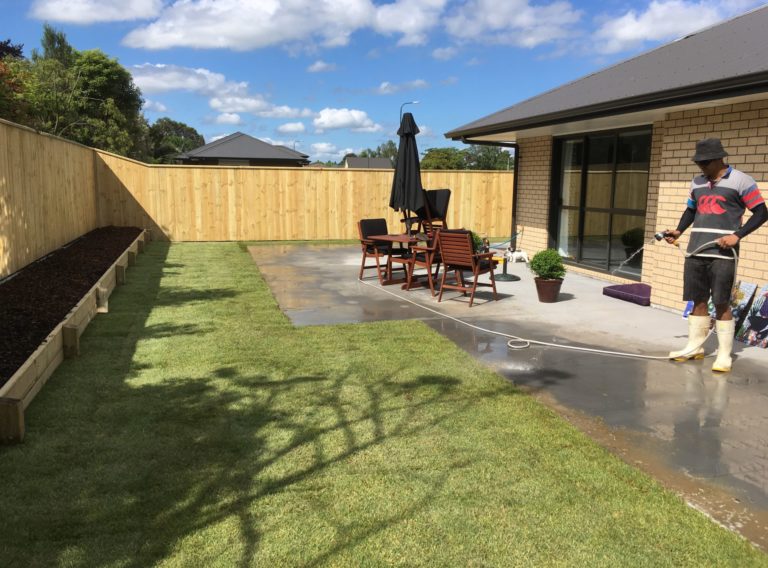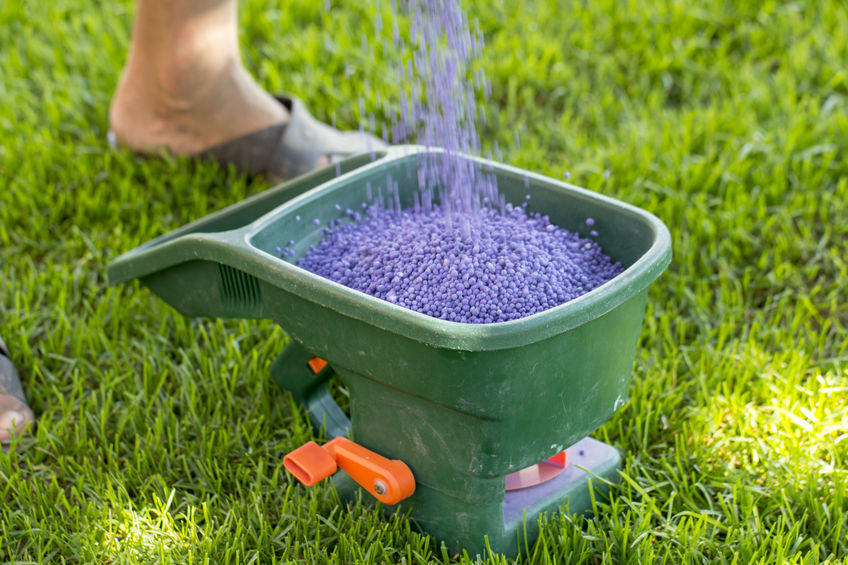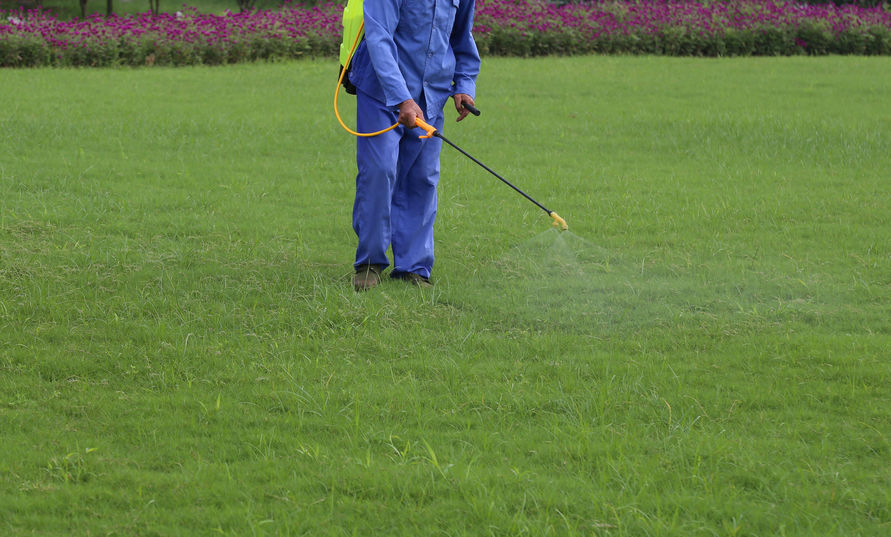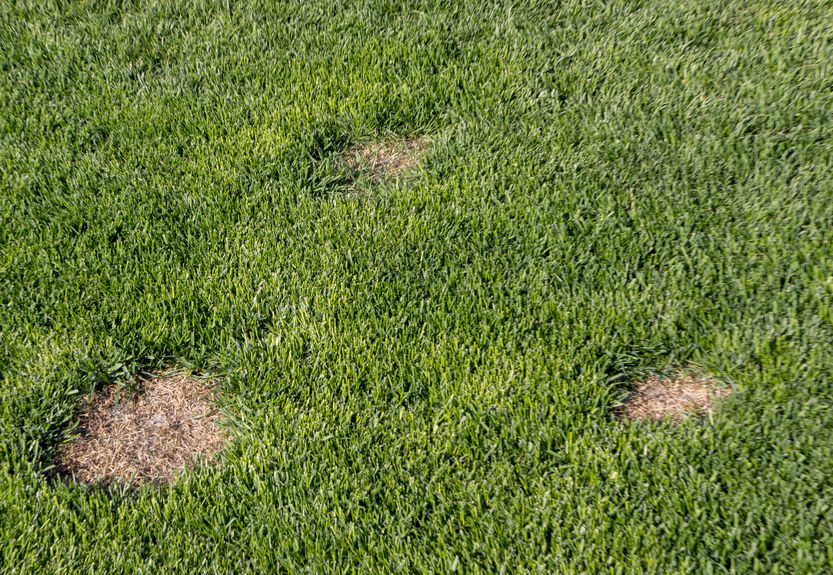Watering & After Care
Once your lawn has been sown it’s over to you to provide the care it needs to become a lush, green, healthy lawn! Watering is one of the most critical parts of the process – not enough water will guarantee a thin, patchy, weedy lawn.
Having said that, here are some tips to help guide you through this critical phase of your lawn establishment.
Watering
Incorrect watering will result in a weedy, patchy lawn. Proper watering is one of the most important parts of establishing a new lawn. To water your lawn with a sprinkler it is best to leave it in one spot for around 20 minutes.
How often?
At least twice a day. The idea is to keep the seedbed damp as much as possible.
How long?
At least 20 minutes in each spot for the first two weeks and then for half an hour, once a day after that
When do I stop watering?
There is no real hard and fast answer. Your lawn should be looking thick and lush after about 6 weeks and will not need daily watering – ease back to once a week. However, keep an eye on things, especially if your lawn was sown in spring and you’re headed into summer. You’ll need to water it at least a couple of times a week if council by-laws allow.
What are the best sprinklers to use?
We recommend the oscillating sprinklers. These go back and forth overhead simulating rain. Impact sprinklers on a stand are ok but can wash out areas because the water hits the ground in a sideways motion. We do not recommend sprinklers on stakes that you stick into the ground as these work loose and wash out the ground.
What about tap timers?
These are great. The best ones for establishing lawns are the clockwork timers. They’re cheap, effective and easy to use.
Low water pressure.
This is a problem for people with larger lawns. Best use an oscillating sprinkler as they work on less pressure. Don’t try to run more than one sprinkler at a time.
Don’t forget the corners
If you don’t get an even coverage of water on your new lawn, you will get an uneven growth of grass. Hand water if necessary.
Fertilising
Your lawn will hugely benefit from a dressing of fertiliser twice a year – spring and autumn. It is very important not to overdo it or you will burn holes in the grass. Usually you will not need more than 30gms of fertiliser per square meter. It is also important for the same reason that you apply fertiliser in wet weather or water it in thoroughly. Any balanced lawn fertiliser is fine. Be careful if you are using fertiliser with iron in it because it will stain your concrete if you don’t sweep it off.
Weed Spraying
DO NOT USE ROUNDUP or any other kind of GLYSOPHATE based herbicide on your lawn. You will kill the weeds and the grass. Your lawn will never be the same again. The simple solution is to use a weed killer and fertiliser mix like Weed ‘n’ Feed. For more complicated infestations, use a selective weed killer like TurfClean from Kiwicare, available at most hardware stores and garden centres.
Grass Grub and other Soil and Fungal Pests
There are numerous bugs and fungal diseases that can attack your lawn. The first line of defence is prevention. A strongly growing lawn will generally look after itself. If you think you have a pest problem, please call us and we can arrange for someone to assess your lawn and provide a solution.
Why choose us
- Timely, detailed estimates
- Staff with relevant qualifications and experience
- Modern well maintained plant and equipment
- Well established stable business
- Committed to health & safety in our workplace
- Hundreds of successful projects and happy customers



